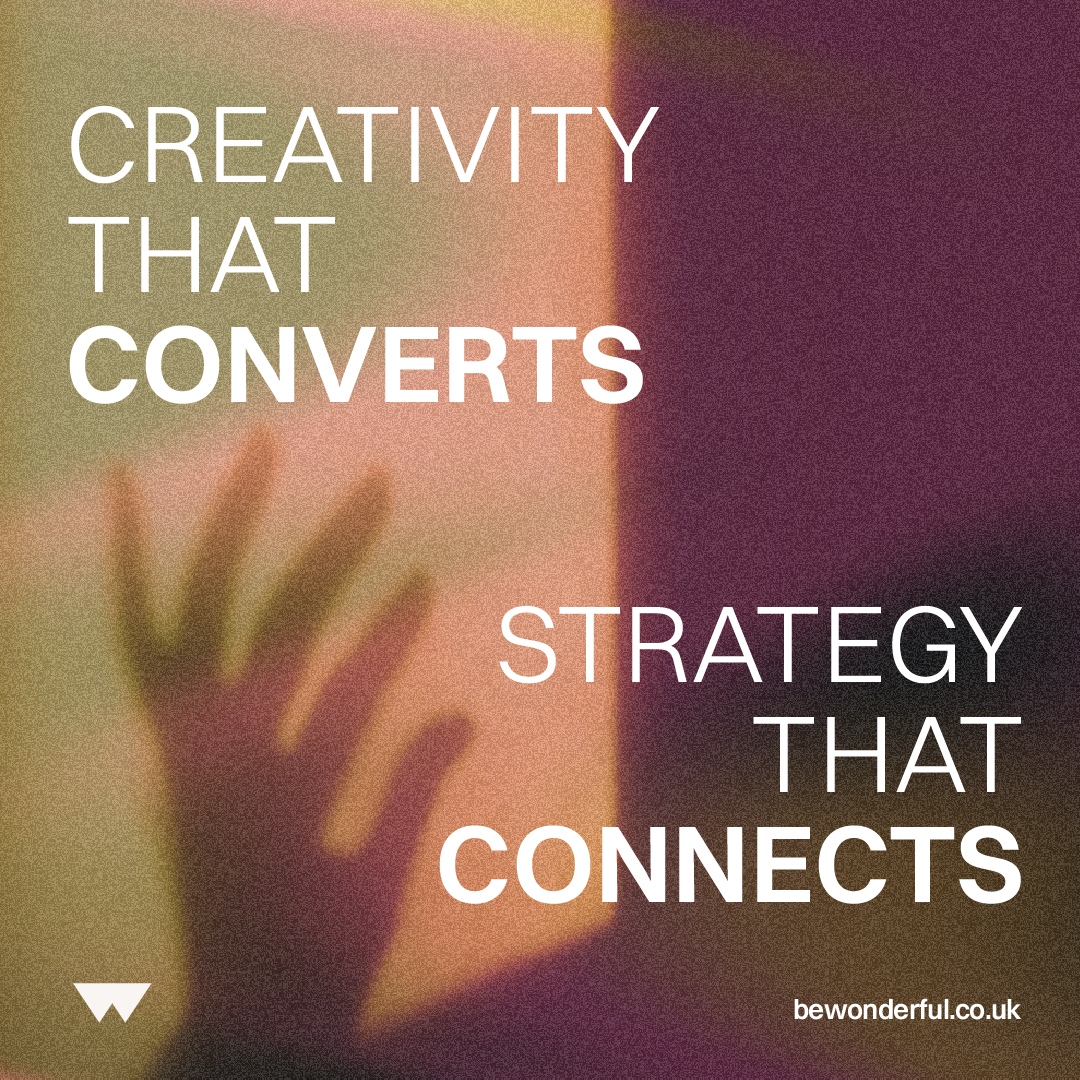
Marketers often wonder whether it’s worth investing in video marketing for their business, and in this Wonderful Insight article, we’ll share some key video statistics that prove that, if you’re not already doing so, now is the right time to add video to your content marketing arsenal. In addition to highlighting some of the key features and benefits of video marketing, we’ll explore some current (and future) trends in video, giving you plenty of ammo to understand the numbers behind the digital video market, and a steer on where/how to focus your energy in this area.
If you spend more than 2 minutes a day online, it’s likely you’ve come across video content. On LinkedIn, Facebook, Instagram; in a splash banner on a website’s home or landing page; on your favourite YouTube channel; or even in a digital advertising spot – video captures your attention like no other medium. And the statistics are there to back this up. We thought we’d bring you a quick Top 5, giving you validation behind that hunch to add video to your content marketing strategy.
However, before we dive into the headline stats, it’s important to recognise the sheer depth and breadth ‘video’ can take, and how many different types of creative video production can be utilised to market your business. This can include:
- Brand & Advertisements
- Product Explainers
- Video Interviews
- On-Platform Content
- Live Streams
- Vlogs
- Tutorials & Demos
- Presentations
- Testimonials
- Motion Graphics & Animation
- Event After-Movies
- The list goes on…
So, let’s get into the Top 5 vital video marketing statistics:
1 – “By 2020 there will be almost 1 million minutes of video per second crossing the internet, with video making up 82% of all consumer web traffic.”
Cisco, 2019
This study by computing and tech giant Cisco cites the sheer volume of video content which is out there and, more importantly, how much is being consumed. (In fact, perhaps this insight piece should be produced as a video, if it’s still going to be relevant and even noticed in 2020!). One consideration to this is that you need to ensure your video content is creative, to deliver real cut-through as consumers get more and more used to consuming Video as a messaging medium.
2 – “45% of people watch an hour or more of video per day.” Hubspot, 2019
Hubspot‘s research shows that it’s not just the sheer volume of video content out there, but the duration which the average user views for which adds further credence to the variety of video content needed and, more importantly, the correct choice in content type for desired channel. For example, whilst a quick, quirky 30s video might inspire an Instagram user (used to consuming content quickly) to move down your sales funnel, it’s not a viable medium for a more educated decision making process where a dedicated 1-2min long product explainer video could be required.
3 – “83% of those using video think it gives them good ROI, with 81% seeing an increase in sales” Wyzowl, 2017
Whilst Wyzowl‘s research on this topic comes from 2017, it is fair to assume these stats have remained similar (if not increased even further as video’s impact shows no sign of slowing down) – and these stats demonstrate perceived impact on the bottom line. It’s all well and good demonstrating that video has huge consumability, but this doesn’t mean anything to businesses unless it delivers a return on investment. This ROI is often hard to measure as brands look to build brand recognition and perception (qualitative rather than easily quantifiable); but the fact that 81% of those interviewed in Wyzowl’s survey cited an increase in sales attributable to using video demonstrates a measurable impact. The take-away? If you’re not using video, you’re missing a genuine opportunity to impact your bottom line positively.
4 – “60% of both B2B and B2C marketers use video for marketing; 30% of B2B marketers say video will be key to content marketing success; 34% of B2C marketers say it’s crucial to success.” Content Marketing Institute, 2019
It’s very easy to assume that, by it’s nature, Video content is most suitable in the B2C space; but statistics from a recent study by the Content Marketing Institute highlight it’s perceived importance across both B2C and B2B. In fact, in the list of potential video content outputs above, many of these are actually a well suited to the B2B space, if not more-so. Explainers, corporate identity videos, tutorials and demos all lend themselves to businesses looking to sell their solutions in to other businesses. Read more about some of Wonderful’s B2B and B2C video solutions here.
5 – “84% of consumers have bought something after watching a video” Wyzowl, 2017
In addition to those 84% of consumers being converted by video according to Wyzowl, Google also highlight that 50% of web users actively look for a video before visiting a store – which would certainly back-up the thinking behind why 73% of marketers plan on using video more this year according to Social Media Examiner. There are so many statistics to back up the usage of video as an aid to marketing (and, ultimately, sales) that we struggled to pick just five!
There’s more than just 5 top reasons to add video to your marketing strategy:
Sending an e-mail campaign? Using the word “video” in an email subject line boosts open rates by 19% and clickthrough rates by 65% according to research by Hubspot.
Thinking of traditional TV advertising? YouTube reaches more 18+ year-olds during prime-time TV viewing hours than any TV network!
The case for video is strong. But, it is important to think strategically about usage and not just ‘do it for the sake of it’. It may not always be right for your business, and there are plenty of examples of poorly implemented video content which actually devalue brands and have a negative impact on wider marketing.


